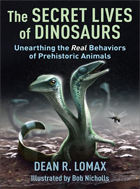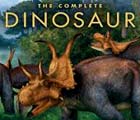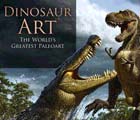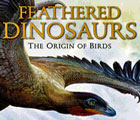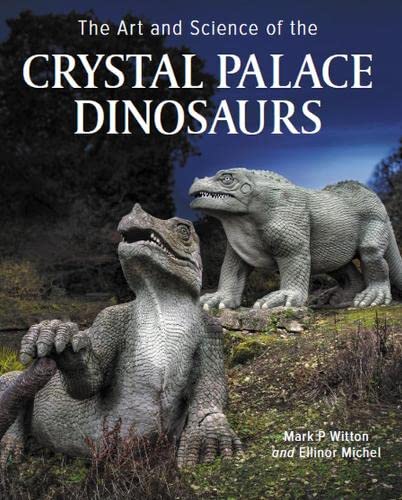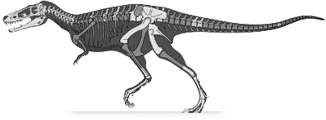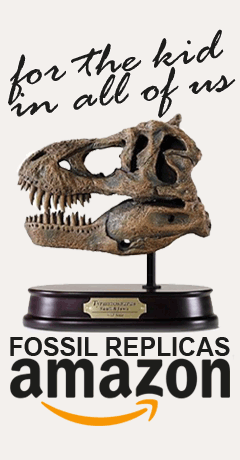Family Tree:
Dinosauria
Saurischia
Theropoda
Tetanurae
Coelurosauria
Tyrannosauridae
Tyrannosaurinae
Alioramini
Dinosauria
Saurischia
Theropoda
Tetanurae
Coelurosauria
Tyrannosauridae
Tyrannosaurinae
Alioramini
Pronunciation: AH-lee-oh-RAY-muh-nye
Author: Olshevsky
Year: 1995
Meaning: Different branch tribe (see etymology)
Locomotion: Bipedal (two legs)
Synonyms: None known
Author: Olshevsky
Year: 1995
Meaning: Different branch tribe (see etymology)
Locomotion: Bipedal (two legs)
Synonyms: None known
[Lü et al. 2014]Definition
The most inclusive clade containing Alioramus remotus, but not Tyrannosaurus rex, Albertosaurus sarcophagus or Proceratosaurus bradleyi.
About
Alioramini was coined in 1995 by George Olshevsky as a Linnean-ranked "sub-family" to house Aliosamus remotus and its closest relatives which at the time ammounted to, well, none. Understandably ignored by most paleontologists, especially since the Linnean system fell by the wayside, it was snaffled in 2014 by Lü et al. who needed a name for their "different branch" of tyrannosaurids which united their newly discovered Qianzhousaurus with Alioramus, and Alioramini was made-to-measure.
Members of Alioramini differ from all other tyrannosauroids in possessing an extremely long and low skull, in which the snout accounts for at least 2/3 of its total length and is adorned with a series of hornlets along its top surface. They also sport at least 18 dentary teeth and an elongated maxillary fenestra (a window in the upper jaw). Like all tyrant lizards, alioraminins have a protrusion at the back of the skull called the nuchal crest, which is formed by the parietal bones fusing together.
Unfortunately, Lü's Qianzhousaurus may actually be a large specimen of Alioramus, in which case Alioramini will be pointless again.
Etymology
Alioramini is derived from the Latin "alius" (different, other), "ramus" (branch)" and -ini" (tribe), named to indicate a "different branch" of long-snouted tyrannosaurids who are closely related to the group anchor, Alioramus.
Relationships
References
• Olshevsky G (1995) "The origin and evolution of the tyrannosaurids". Kyoryugaku Saizensen, 9: 92–119, 10: 75–99 [in Japanese].
• Lü J, Yi L, Brusatte SL, Yang L, Li H and Chen L (2014) "A new clade of Asian Late Cretaceous long-snouted tyrannosaurids". Nature Communications. 5(3788): 3788. DOI: 10.1038/ncomms4788
• Norell MA, Balanoff AB, Brusatte SL and Bever GS (2011) "Variation, Variability, and the Origin of the Avian Endocranium: Insights from the Anatomy of Alioramus altai (Theropoda: Tyrannosauroidea)". PLOS ONE. PLOS Collections. 6 (8): e23393. DOI: 10.1371/journal.pone.0023393





